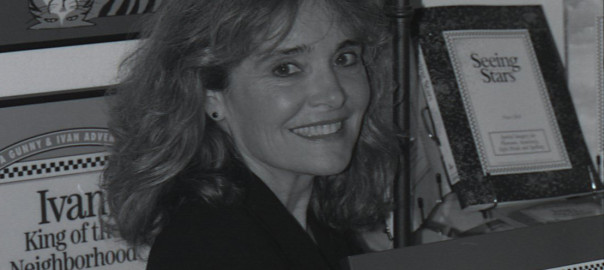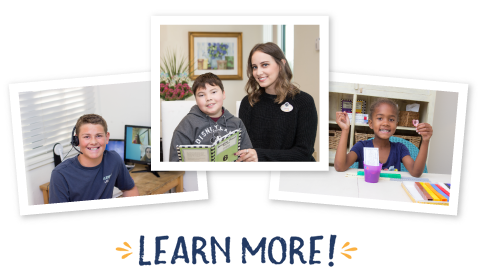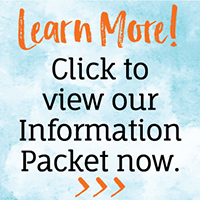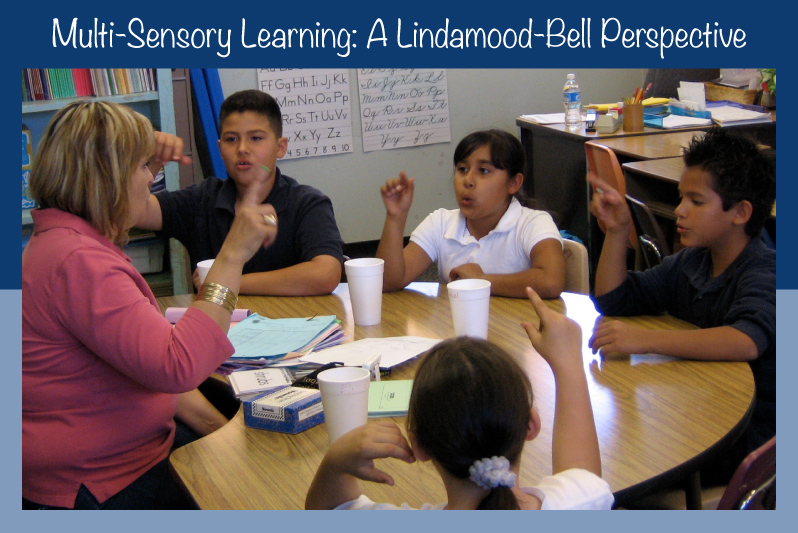
At Lindamood-Bell, multi-sensory learning is integral to our evidence-based approach. Decades of research and practical application have enabled us to refine techniques that build essential reading, comprehension, and math skills. By engaging learners through multiple senses, we help students learn to their potential.
What Is Multi-Sensory Learning?
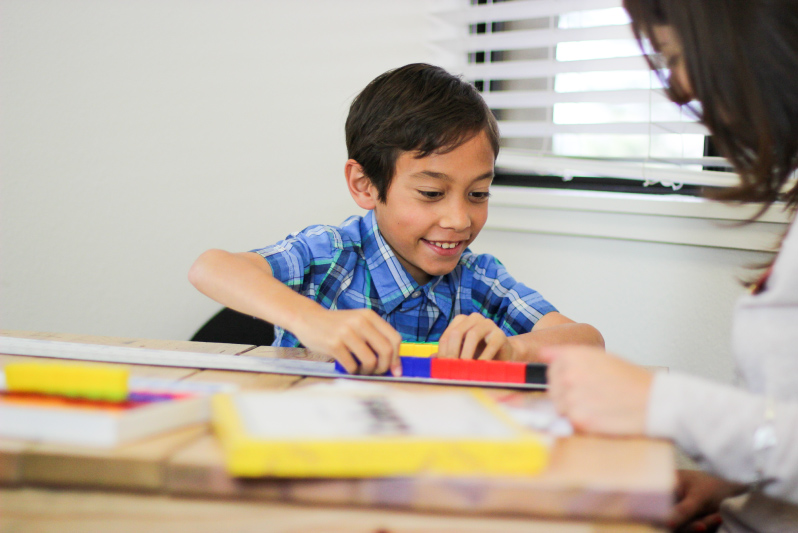
Multi-sensory learning is an instructional approach that actively engages multiple senses—visual, auditory, kinesthetic, and tactile—during the learning process to enhance understanding and retention.
At Lindamood-Bell, our approach to education incorporates multi-sensory learning strategies to provide students with a transformative educational experience. Our evidence-based methods are designed to develop essential sensory-cognitive skills, laying the foundation for lasting academic success. For example, in a reading activity, students might see a word, hear it spoken aloud, say it themselves, trace its letters with a finger, and visualize the letters in their minds.
Why Multi-Sensory Learning Matters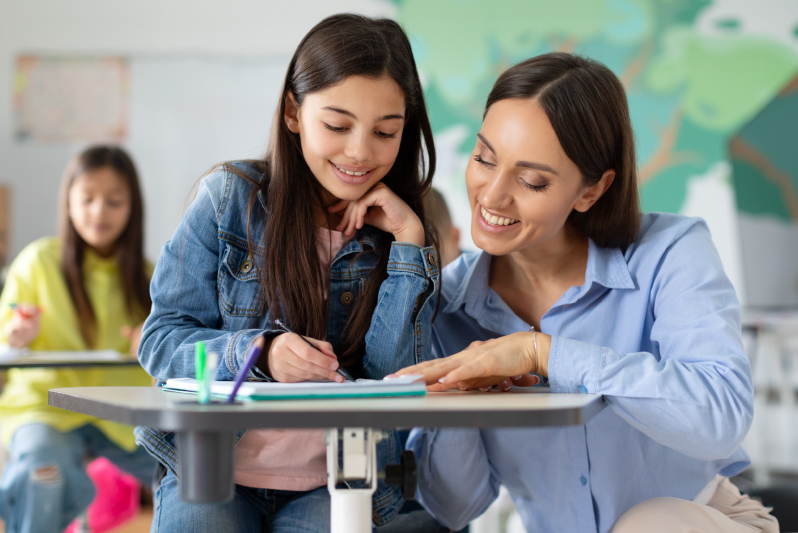
Lindamood-Bell’s instructional methods draw upon cognitive science to address how the brain learns to read. Reading is an integration of sensory processing skills: word attack, sight word recognition, contextual fluency, oral vocabulary, and comprehension.
While phonological awareness is widely recognized as critical for reading, Lindamood-Bell also focuses on two lesser-known but equally important sensory-cognitive skills: symbol imagery (visualizing letters and words) and concept imagery (creating mental representations of language). These skills are often missing in struggling readers and are not explicitly developed in most traditional reading programs.
Traditional methods frequently isolate sensory channels, emphasizing phonics and phoneme awareness without integrating orthographic processing, fluency, or comprehension. While phonological skills are essential, they are insufficient on their own. By explicitly developing symbol imagery and concept imagery, educators can build a stronger foundation for reading, ensuring success for both emerging and struggling readers.
How Lindamood-Bell Incorporates Multi-Sensory Learning
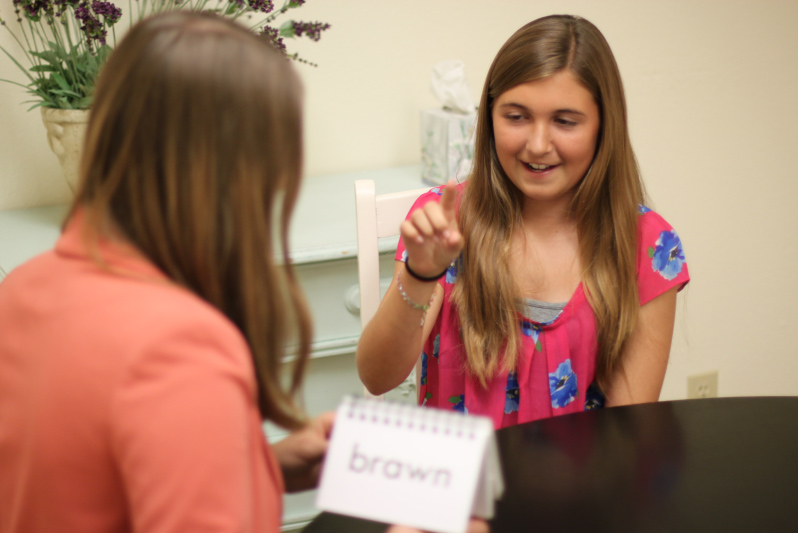
At Lindamood-Bell, our founders’ programs embody a multi-sensory approach, integrating visual, auditory, and kinesthetic activities to support students in building strong cognitive foundations for academic success. Engaging multiple senses enhances how learners process, understand, and retain information. Below are examples of how the programs we use incorporate multi-sensory techniques.
Visualizing and Verbalizing for Language Comprehension and Thinking:
The Visualizing and Verbalizing® (V/V®) program develops concept imagery—the ability to create a mental picture from language—fostering comprehension and higher-order thinking. Multi-sensory tools, including visual aids, gestures, auditory prompts, and kinesthetic tools like colored felt squares, are utilized to strengthen reading, listening, memory, oral vocabulary, and writing skills.
Download a chapter of the Visualizing and Verbalizing (V/V) program manual to learn more.
Talkies® Program for Oral Language Comprehension & Expression
The Talkies® program—the primer to the Visualizing and Verbalizing (V/V) program—is designed for students who need simpler, smaller steps of instruction to establish the imagery-language connection.
The goal of the Talkies program is to develop the dual coding of imagery and language as a base for language comprehension and expression. The Talkies program is especially helpful for students with a limited oral vocabulary and/or limited ability to verbalize. Utilizing a structured, multi-sensory approach, the Talkies program engages auditory, visual, tactile, and kinesthetic modalities to reinforce language development. One example of this is a step in which students hold and describe a small toy, combining auditory input (listening and speaking), tactile feedback (touching the object), and kinesthetic interaction (physical handling). This integration of sensory experiences supports language processing, memory, and expression.
Explore the Talkies program—download a chapter of the Teacher’s manual.
Seeing Stars® Program (Symbol Imagery for Phonological and Orthographic Processing)
The Seeing Stars® program focuses on developing symbol imagery—the ability to visualize letters and sounds—as a basis for reading and spelling. It incorporates a blend of sensory activities such as air-writing, tracing on surfaces, and using visual and tactile tools like syllable boards and colored squares. These activities reinforce letter-sound associations and build strong reading and spelling skills through auditory, visual, and kinesthetic engagement.
Download Chapters 2 and 3 of the Seeing Stars program manual to learn more.
LiPS® (Lindamood Phoneme Sequencing) Program
The LiPS® (Lindamood Phoneme Sequencing) Program engages visual, auditory, tactile, and kinesthetic modalities to improve phonemic awareness, an essential skill for reading and spelling. This program incorporates techniques like tactile feedback, kinesthetic awareness of mouth movements, auditory processing exercises, and visual reinforcement through charts and diagrams. These activities help learners differentiate sounds and link spoken and written language.
Discover more about the LiPS (Lindamood Phoneme Sequencing) Program. Download a chapter of the Teacher’s manual.
On Cloud Nine® Math Program
The On Cloud Nine® Math Program stimulates concept imagery to support mathematical reasoning and computation. Using visual, tactile, and auditory methods, such as manipulatives and verbal explanations, On Cloud Nine builds a deeper understanding of mathematical concepts. The multi-sensory strategies used help learners of all ages or grade levels develop the foundational skills needed for success in higher math.
Discover more about the On Cloud Nine Math Program. Download a chapter of the Teacher’s manual.
Each program’s multi-sensory approach engages students holistically, creating a flexible learning environment that addresses each student’s unique learning needs.
Benefits and Science of Multi-Sensory Learning for Educators

Incorporating multi-sensory techniques in the classroom offers numerous advantages, such as enhancing student engagement and participation, supporting learners with diverse needs (including those with dyslexia or ADHD), and improving foundational skills in reading, comprehension, and math. This approach fosters an inclusive and dynamic learning environment, benefiting all students by addressing individual learning needs.
The research underscores the effectiveness of multi-sensory learning in promoting engagement and retention. By activating multiple sensory pathways—visual, auditory, and kinesthetic—this method strengthens neural connections, enhancing memory and comprehension. It’s particularly beneficial for students with learning differences, making it a powerful tool for educators to integrate into their teaching practices.
Explore results and case studies from schools that have successfully implemented Lindamood-Bell’s unique sensory-cognitive approach to see its positive impact on student achievement.
Enhance Your Skills with Lindamood-Bell: Professional Development Opportunities
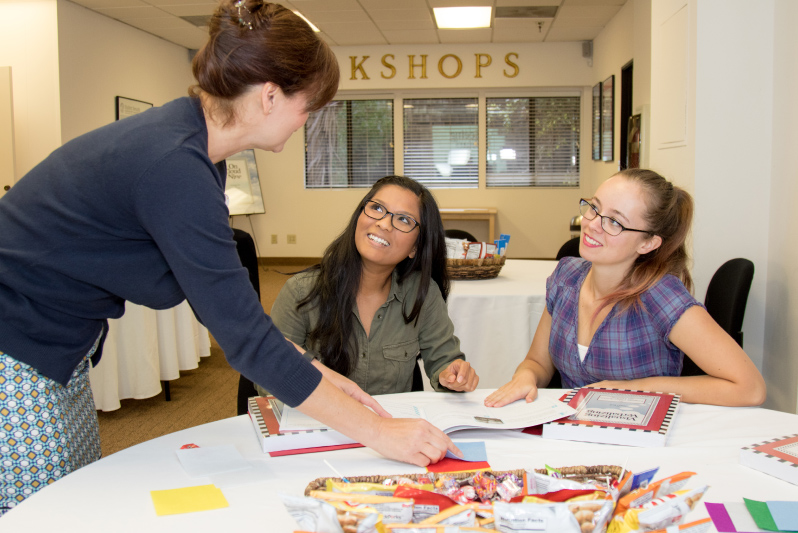
Lindamood-Bell is dedicated to equipping educators with the skills and strategies to incorporate multi-sensory learning into their classrooms. Our interactive, hands-on workshops provide evidence-based techniques designed to transform instruction and foster student success.
Attending one of our professional development workshops will give you actionable insights and practical methods to enhance your teaching practice. Dive into the science of multi-sensory learning, discover how to implement it effectively, and join a thriving community of educators committed to making a difference in students’ lives.
Led by program experts, Lindamood-Bell teacher workshops provide tools to improve literacy and learning outcomes for students of all abilities. These dynamic sessions empower educators to create engaging, inclusive, and impactful learning environments.
Contact us today to learn more about our professional development workshops and join a growing network of educators transforming education with Lindamood-Bell’s unique approach. Call us at 800-233-1819, or click here to schedule a brief consultation with a program expert to discuss your professional development needs.

